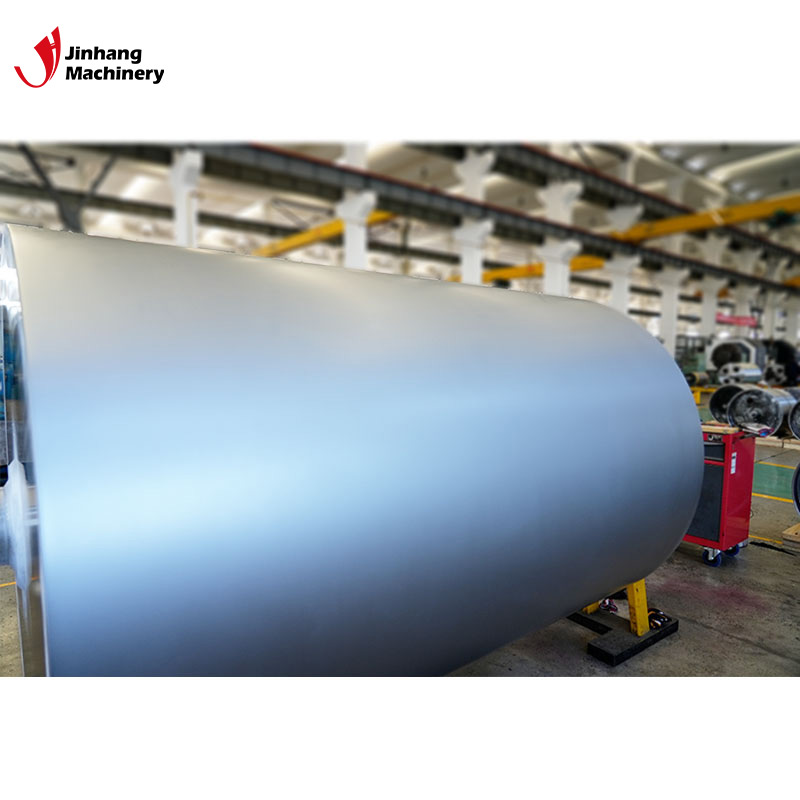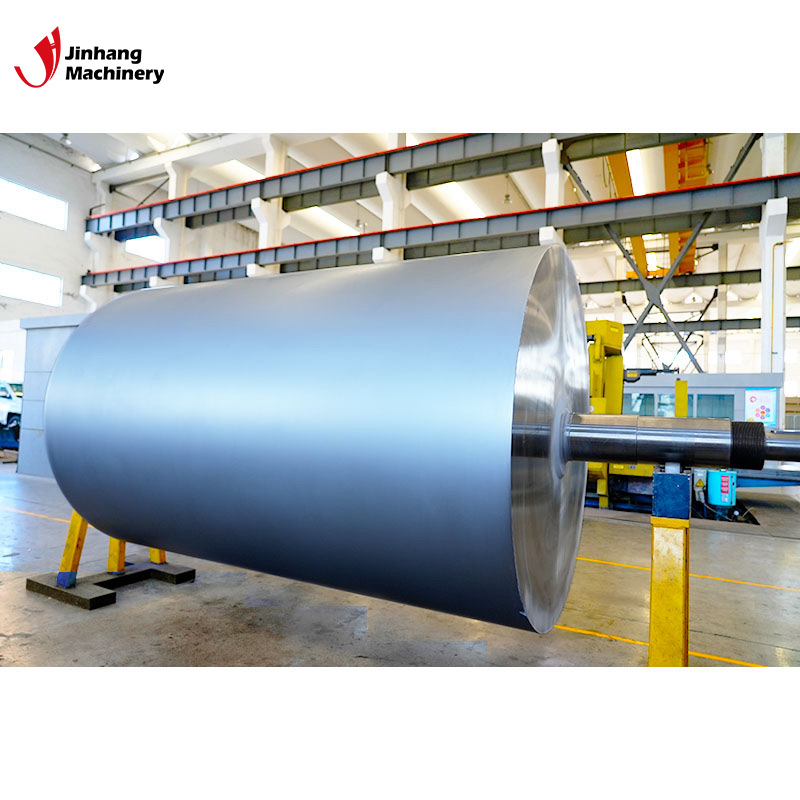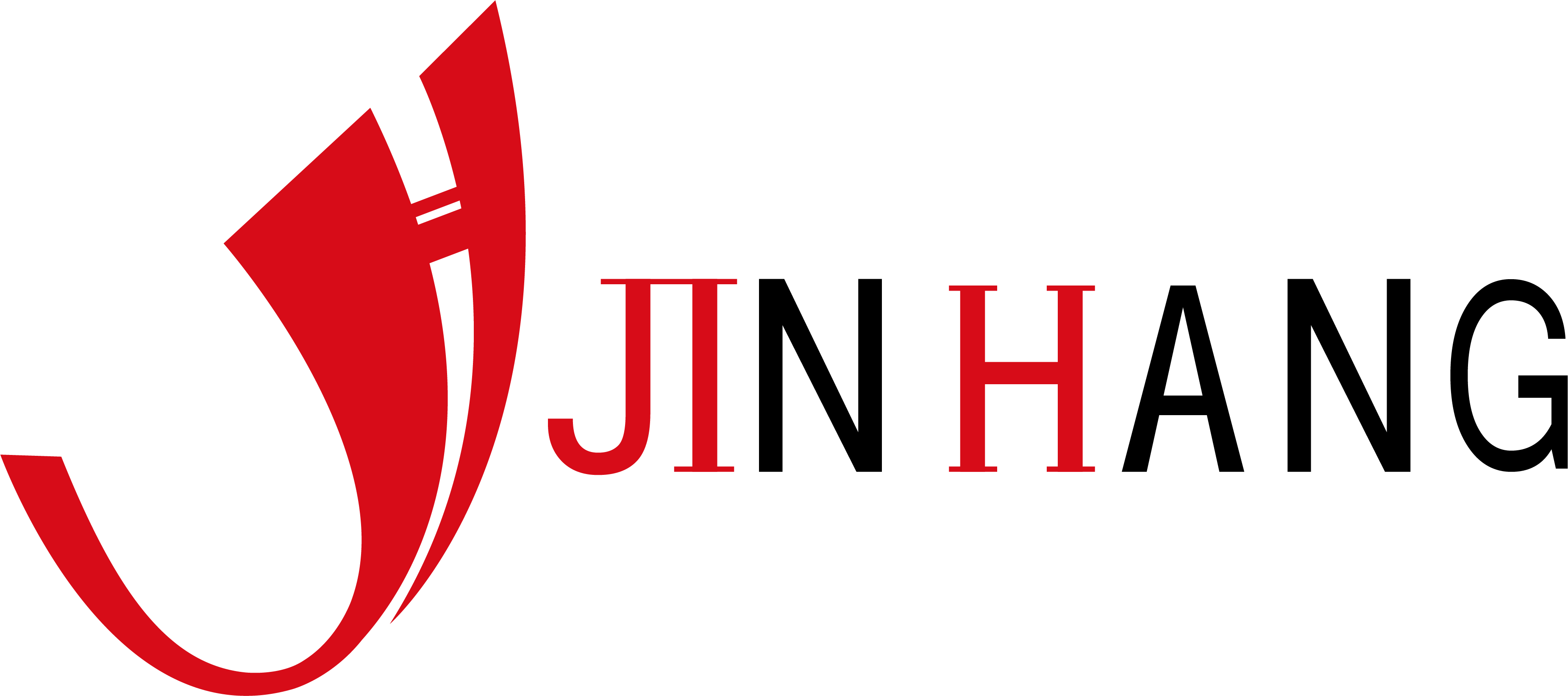Faced with different types of water quenching rollers, which one does my factory need?
In industrial production, water quenching rollers are indispensable equipment and are widely used in many industries such as steel, aluminum, glass, and chemicals. Faced with different types of water quenching rollers on the market, it is crucial to choose equipment that suits the needs of your factory. The right water quenching roller can not only improve product quality, but also improve production efficiency and reduce costs.
This article will explore in depth the different types of water quenching rollers and their applicable scenarios to help corporate decision makers make wise choices.

What is a water quenching roller?
A water quenching roller is an industrial equipment that changes the physical properties of high-temperature materials by rapidly cooling them. Its working principle is to use cooling water flowing on the surface of the roller to cool the high-temperature treated material, so that its internal structure changes and obtains the ideal hardness, strength, and wear resistance.
Different water quenching rollers differ in design, material, size, and cooling method. Enterprises need to choose the right type of roller according to specific production needs to ensure product quality and consistency.
What are the common types of water quenching rollers?
Common types of water quenching rollers are:
1. Single-layer water-quenching roller
2. Double-layer water-quenching roller
3. Multi-layer water-quenching roller
4. Customized water-quenching roller
1. Single-layer water-quenching roller
Single-layer water-quenching roller is the most common type of water-quenching roller. It has a simple structure and is easy to maintain. It is suitable for the cooling process of most medium and low-strength materials. Single-layer water-quenching rollers usually have a layer of evenly distributed cooling water flowing through the roller surface through a pipe to quickly cool the high-temperature material.
Single-layer water-quenching roller applicable scenarios:
● Medium and low-strength steel
● Aluminum alloy materials
● Chemical synthetic materials
Advantages of single-layer water-quenching roller:
● Simple structure and low cost
● Suitable for mass production
● Easy maintenance
Disadvantages of single-layer water-quenching roller:
● Limited cooling speed, not suitable for high-strength materials
If your factory mainly produces medium and low-strength materials, such as ordinary carbon steel, aluminum alloy or chemical products, single-layer water-quenching rollers will be a cost-effective choice.
2. Double-layer water-quenching roller
The double-layer water-quenching roller adopts a double-layer structure, and both the inner and outer layers are equipped with cooling water pipes. This design can improve cooling efficiency and is suitable for high-strength materials that require faster cooling. Compared with single-layer rollers, double-layer water-quenching rollers can better control the internal temperature gradient of the material and reduce the internal stress caused by uneven cooling.
Applicable scenarios for double-layer water-quenching rollers:
● High-strength steel
● Precision aluminum
● Glass products
Advantages of double-layer water-quenching rollers:
● Fast cooling speed
● More precise temperature control
● Suitable for high-strength materials
Disadvantages of double-layer water-quenching rollers:
● Complex structure and high cost
● More frequent maintenance required
If your factory needs to handle high-strength materials or has high requirements for cooling speed, double-layer water-quenching rollers are a more ideal choice. Although its initial investment is high, it can significantly improve the product qualification rate in long-term use.

3. Multi-layer water-quenching rollers
Multi-layer water-quenching rollers are designed for extremely high-strength materials or scenes with extremely high cooling accuracy requirements. The multi-layer structure can achieve segmented cooling through water flow at different temperatures to further optimize the cooling effect. This type of roller is usually used to produce high-grade alloys, tool steels or other special materials.
Multi-layer water quenching roller applicable scenarios:
● Tool steel
● High temperature alloy
● Special materials
Advantages of multi-layer water quenching roller:
● Extremely high cooling accuracy
● Customizable cooling curve
● Reduce internal stress and deformation
Disadvantages of multi-layer water quenching roller:
● Expensive
● Difficult to maintain
Multi-layer water quenching roller is suitable for industries with extremely high material performance requirements, such as aerospace, precision tool manufacturing, etc. If your factory mainly produces this high value-added material, multi-layer water quenching roller will be an indispensable equipment.
4. Customized water quenching roller
Some factories have very special production needs, and standard water quenching rollers cannot meet their requirements. At this time, customized water quenching rollers are the best choice. Customized water quenching rollers can be specially designed according to specific materials, production processes and cooling requirements to ensure their optimal performance in specific scenarios.
Customized water quenching rollers are suitable for:
● Special alloy materials
● High-end customized products
● Small batch high-precision production
Advantages of customized water quenching rollers:
● Fully adapt to production needs
● Provide the best cooling effect
● Flexible adjustment of design parameters
Disadvantages of customized water quenching rollers:
● Long R&D cycle
● High cost
For those companies that produce high-end customized products, customized water quenching rollers can ensure the accuracy and efficiency of the production line. Although the initial investment is large, the long-term benefits it brings cannot be ignored.

How to choose a water quenching roller suitable for your factory?
Material type and strength requirements
What type of materials does your factory mainly handle? Is it ordinary carbon steel, aluminum, or high-strength alloy? The type and strength of the material determine the required cooling speed and accuracy, which affects the choice of water quenching rollers. If you are dealing with high-strength, high-value-added materials, it would be more appropriate to choose multi-layer or double-layer water quenching rollers.
Production scale and efficiency requirements
Large-scale production usually requires efficient and stable equipment, while small-batch production focuses more on flexibility and precision. If your factory needs to mass-produce low- and medium-strength materials, a single-layer water-quenching roller can meet the needs; if you produce high-end products, a customized water-quenching roller may be a better choice.
Equipment budget and maintenance capabilities
Different types of water-quenching rollers have large price differences and different maintenance difficulties. Enterprises need to combine their own budgets and technical capabilities to choose the most cost-effective equipment. Generally, double-layer and multi-layer rollers have higher initial investment and maintenance costs, but their long-term benefits are also more obvious.
Market trends and development directions of water-quenching rollers
With the advancement of industrial technology, water-quenching rollers are also developing. In the future, intelligence and automation will become the main development trend of water-quenching rollers. By introducing intelligent sensors and data analysis technology, water-quenching rollers can monitor and adjust cooling parameters in real time, further improving production efficiency and product quality.
In addition, the demand for environmentally friendly water-quenching rollers is also gradually increasing. By optimizing the use of water resources and wastewater treatment, enterprises can reduce production costs while reducing the impact on the environment. In the future, green environmental protection will become an important consideration in the design of water-quenching rollers.
